| YES |
NO |
| Permitted "yes" cereals or those without gluten or starch (see table above) and derivatives: corn flour, potato starch. |
All products based on "no" cereals containing gluten
(see table above): wholegrain or white flour, bread, crispbreads, melba toasts, Swedish crispbreads, flat breads, gingerbread, breadcrumb coatings, all pasta, couscous, semolina, vermicelli, biscuits, pancakes, waffles, quiche, pizza, pastry. |
| All foods containing unadulterated animal protein: eggs, meat, fish, seafood. |
All non-homemade dishes (prepared foods, restaurant meals, catering food) which may contain breadcrumbs (fish), sausage meat (mixed with bread), flour, wheat syrup… |
| All unadulterated vegetables, fresh or frozen. |
Packet soups. |
| Home-cooked pulses. |
All tinned food containing meat, fish or meat pâté, stuffings, deli-type meats in particular sausage meat and sausages. |
| Homemade purees. |
All shop-prepared vegetables: gratins, stir-fries, preserved or fresh mixtures, including lentils. |
| Most simple accompaniments: salt, pepper, spices, herbs, capers, gherkins, all similar homemade pickles (foodstuff + vinegar + aromatics). |
All shop-prepared accompaniments and sauces: mayonnaise, mustard, ketchup, stock cubes, gravy mix, tomato or soy sauce, celery salt, spice mixtures. |
| All basic dairy products (milk, cheese - except spreadable, yoghurt). |
Margarines, all dairy products not coming under the "yes" column especially industrial preparations such as desserts, tarts, chocolate bars, industrial ice creams… |
| All tinned fruit in its own juice or syrup and all homemade preparations (puree, stewed fruit). |
TAll sweets (including chewing gum, nougat, sugar coated almonds, marshmallows, chestnut puree, snack bars, fruit jellies). |
| All fruit juices. |
Vodka, beer, whiskey, "complicated" alcohol (mixtures). |
| Almonds, walnuts and dark chocolate. |
Breakfast drinks based on malt, cocoa, chicory. |
| All basic sweetened products: jam, honey, maple syrup, jellies. |
Classic infant cereals, normal desserts and small pots not labelled "gluten-free". |
| All homemade desserts in this category where you fully control preparation: rice pudding, creams, sorbets. |
Packed and flour-coated dried figs. |
| Tea, coffee, water, wine, cocoa with milk (pure cocoa not a preparation). |
|
| All products specified as "gluten-free" on the packaging. |
|
| For children, cereals and desserts labelled "gluten-free". |
|
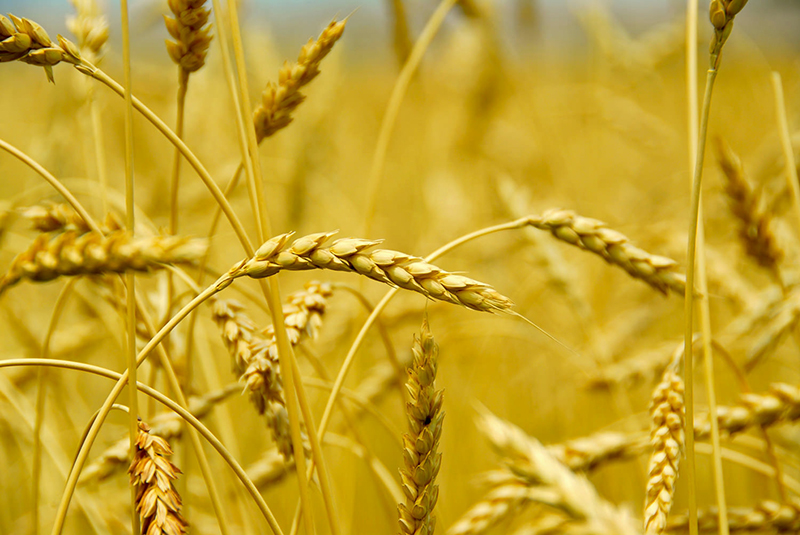
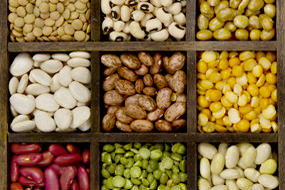
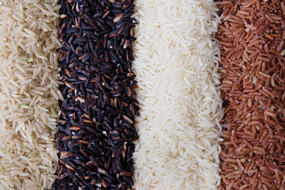
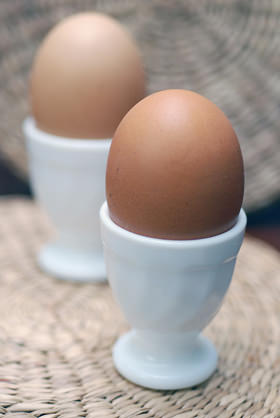 Breakfast
Breakfast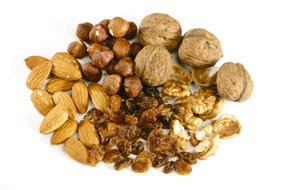 Snack (5 p.m.)
Snack (5 p.m.)

